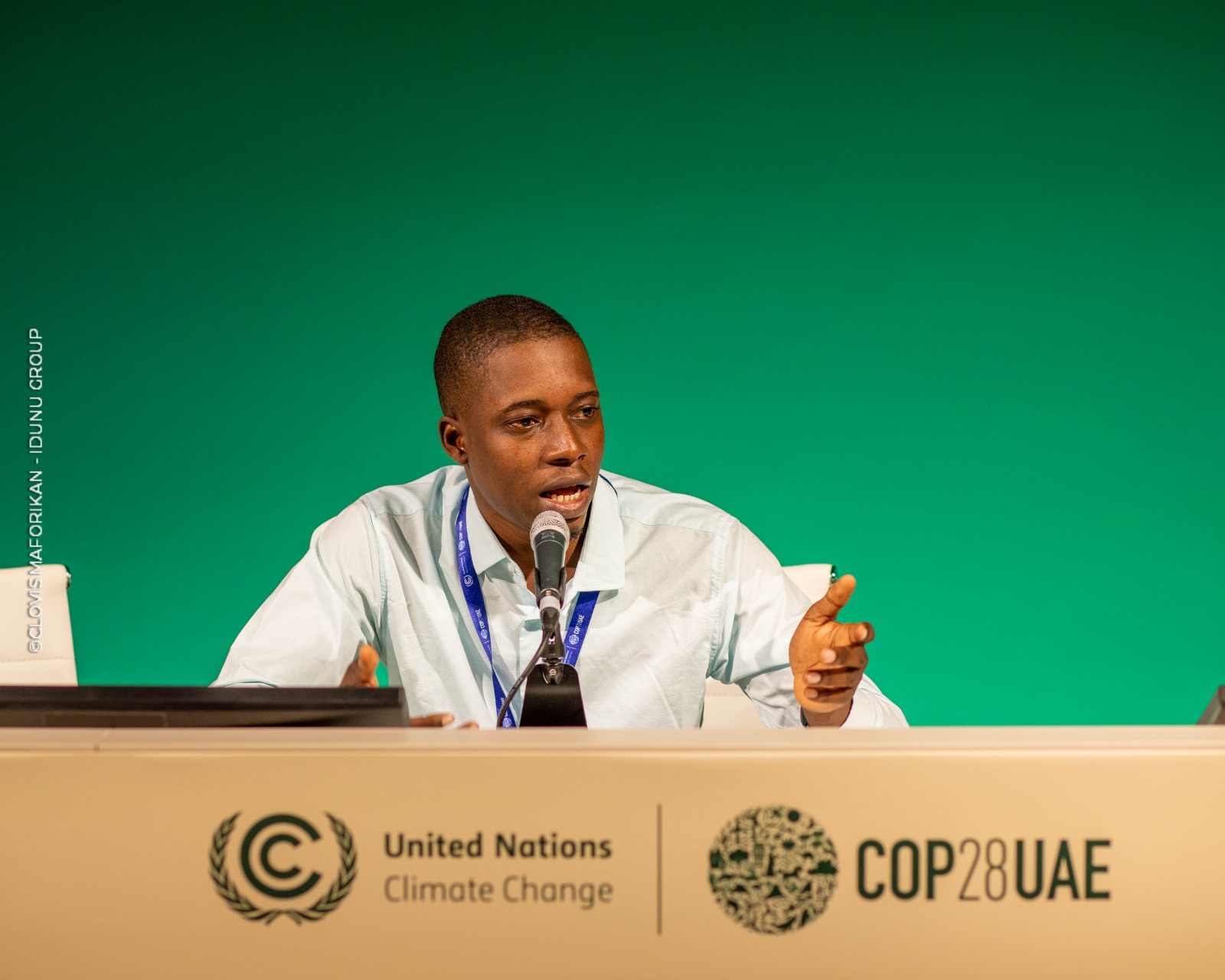
Carbon Markets’ Contribution to Climate Action: Perspectives Following COP28
By Koto Daniel Dagnon, CVF Youth Fellow from Benin
Article 6 of the Paris Agreement, which has been given unprecedented exposure since COP26 in Glasgow, is today an indispensable tool for achieving our ultimate goal of reducing greenhouse gas emissions. According to Trove Research, the carbon market will have generated over US$1.2 billion in 2022, contributing to the reduction of approximately 161 megatonnes (Mt) of greenhouse gas (GHG) emissions.
Indeed, the global roadmap that is the Paris Agreement calls on all Parties, developed and developing alike, to make efforts to reduce GHG emissions in order to keep global temperatures below 1.5 degrees Celsius. The materialization of each country’s efforts can be found in its Nationally Determined Contributions (NDCs). Article 6 is the only part of the Paris Agreement that allows Parties to cooperate with each other to achieve their NDCs, and which directly engages business and the private investment sector, as well as civil society.
At COP28, the crucial points of attention for the Least Developed Countries (LDCs) and the African Group of Negotiators (AGN) were as follows:
- To take into account the particular situation of the LDCs and Small Island Developing States (SIDS) within the Article 6.2 framework;
- To resolve issues relating to the transition from the Clean Development Mechanism under the Kyoto Protocol to the mechanism established by Article 6.4, and to adopt various guidelines, including those relating to removals activities; and
- To operationalize the UNFCCC web platform for non-market approaches under Article 6.8.
The results of COP28 did not live up to expectations, and the impact was immediately felt on the carbon market. The Financial Times reported that “Carbon prices tumble[d] as investors fret[ted] over ‘weak’ impact of COP28 agreement”. Although COP28 enabled the adoption of the “work program under the framework for non-market approaches” (Article 6.8) and decisions related to the Clean Development Mechanism, no consensus was reached by the Parties on Articles 6.2 and 6.4. Despite the incredible leadership shown by the AGN, including Benin, in achieving the adoption of these decisions, Parties must now wait until next year to continue their work on the operationalization of Article 6.
Should Parties necessarily wait until next year to make progress in implementing the various mechanisms under Article 6? Three essential aspects need to be taken into account:
- Article 6 of the Paris Agreement is a highly technical and fairly complex subject, requiring capacity-building for the various stakeholders and the establishment of a robust and transparent institutional framework.
Countries now have the opportunity to benefit from technical and financial support to help them prepare for the implementation of Article 6. And some countries, such as Benin, under the leadership of its Ministry of the Environment and Transport in charge of Sustainable Development, are already working to put in place the legal and institutional framework required to implement the various mechanisms of this article, while others, such as Ghana, are going even further by establishing bilateral agreements under Article 6.2 with other countries. It is therefore essential for countries to continue with these processes to avoid slowing down their progress.
- No more major decisions than those already adopted at COP26 with regard to Article 6 will again be adopted. Parties are discussing the guidelines for implementing these decisions.
Many Parties have not yet met the requirements of the decisions adopted in Glasgow and therefore cannot begin to implement the guidelines adopted or discussed at COP27 and 28. For example, according to decision 2/CMA 3, each Party participating in a cooperative approach should submit an “initial report under Article 6, paragraph 2”. As of December 2023, only four Parties (Ghana, Vanuatu, Switzerland and Thailand) out of 198 have sent their initial report. It is therefore up to the countries, especially the most vulnerable, to comply with the various requirements of Article 6.
- The law of the market is impartial and conforms to the evolution of supply and demand flows.
As shown in the CVF’s Traffic Light Assessment report, the countries most vulnerable to climate change and suffering most acutely from its consequences have contributed the least to the climate crisis. What’s more, these countries, most of them in Africa, have the largest reservoirs of carbon sinks. The carbon market is therefore an opportunity to be seized, but as with any market, the first to invest will be able to take full advantage of it rather than the last. It is therefore up to these countries to continue their progress in implementing Article 6.
In view of the aspects mentioned above, we are also aware of the need to support the efforts to implement Article 6 of the Paris Agreement at country level. In this respect, the real and effective inclusion of young people in these various processes of operationalizing the carbon market, especially for climate vulnerable countries, is absolutely fundamental.
